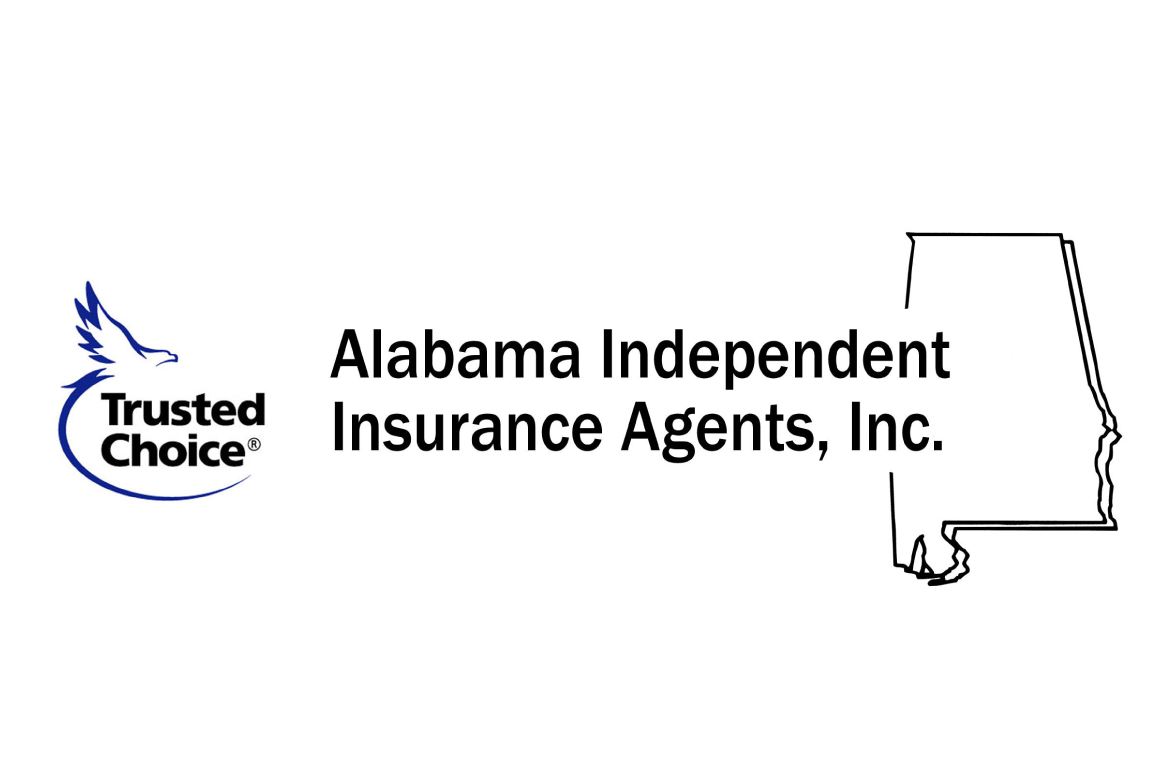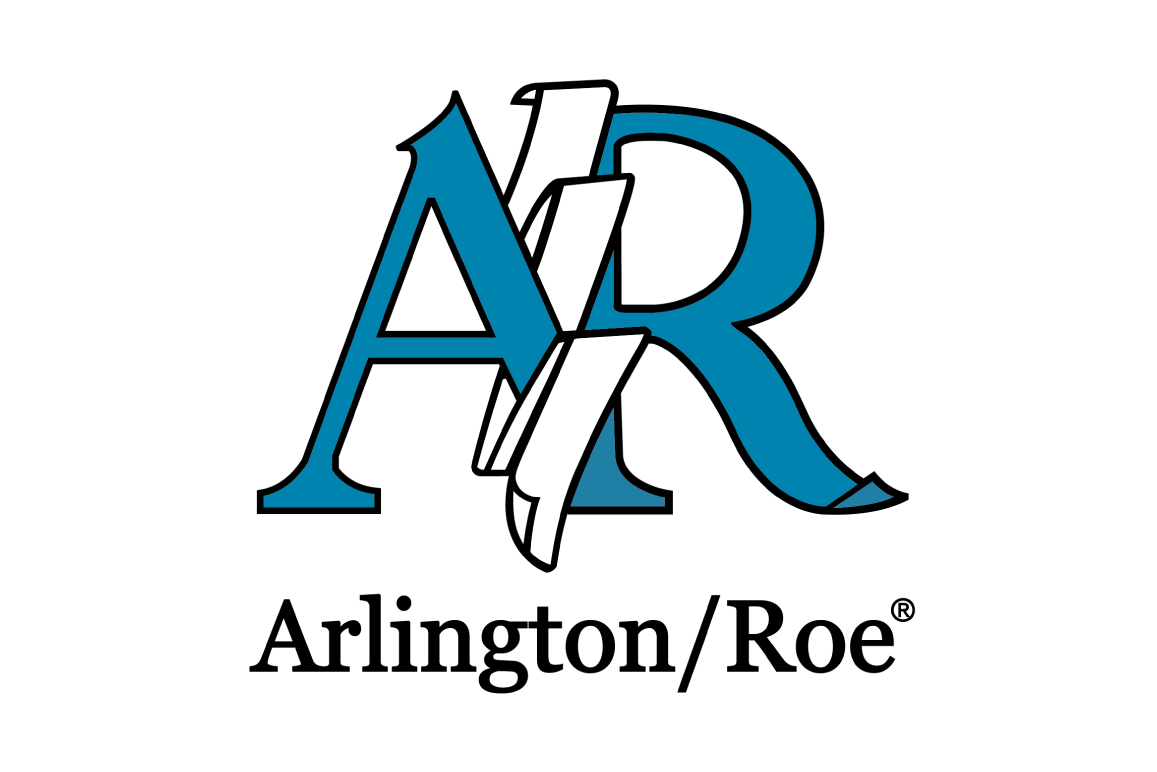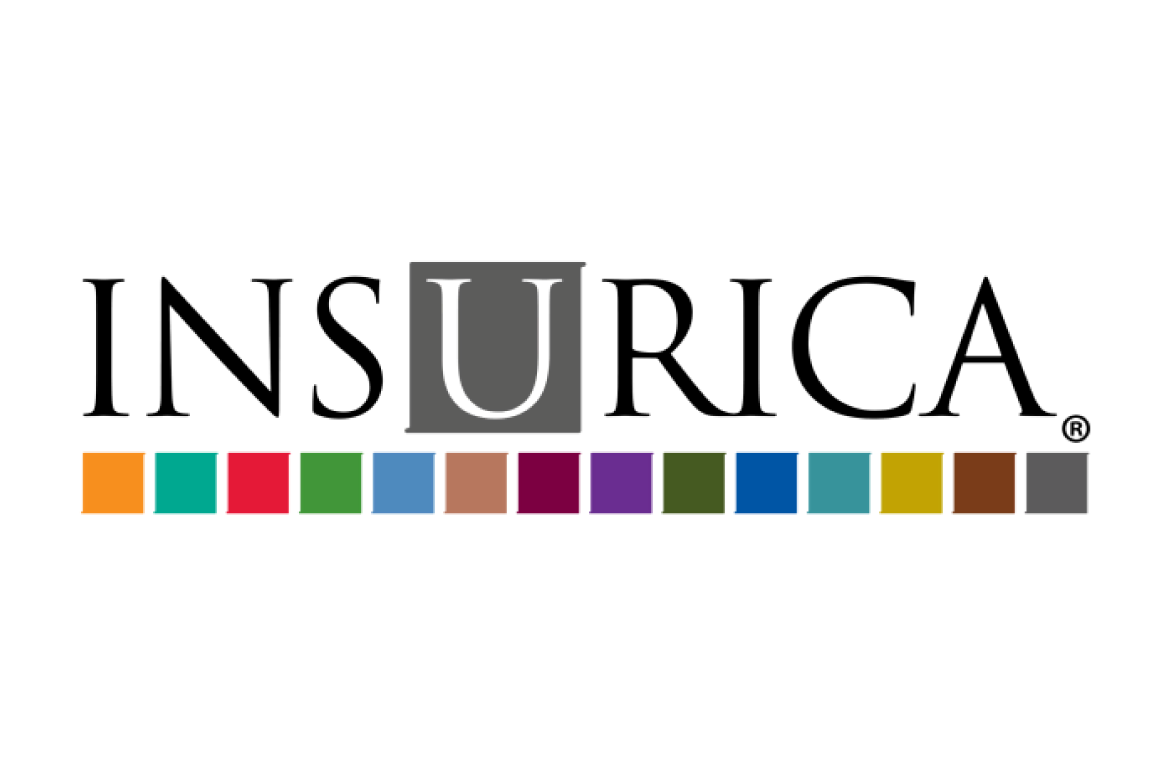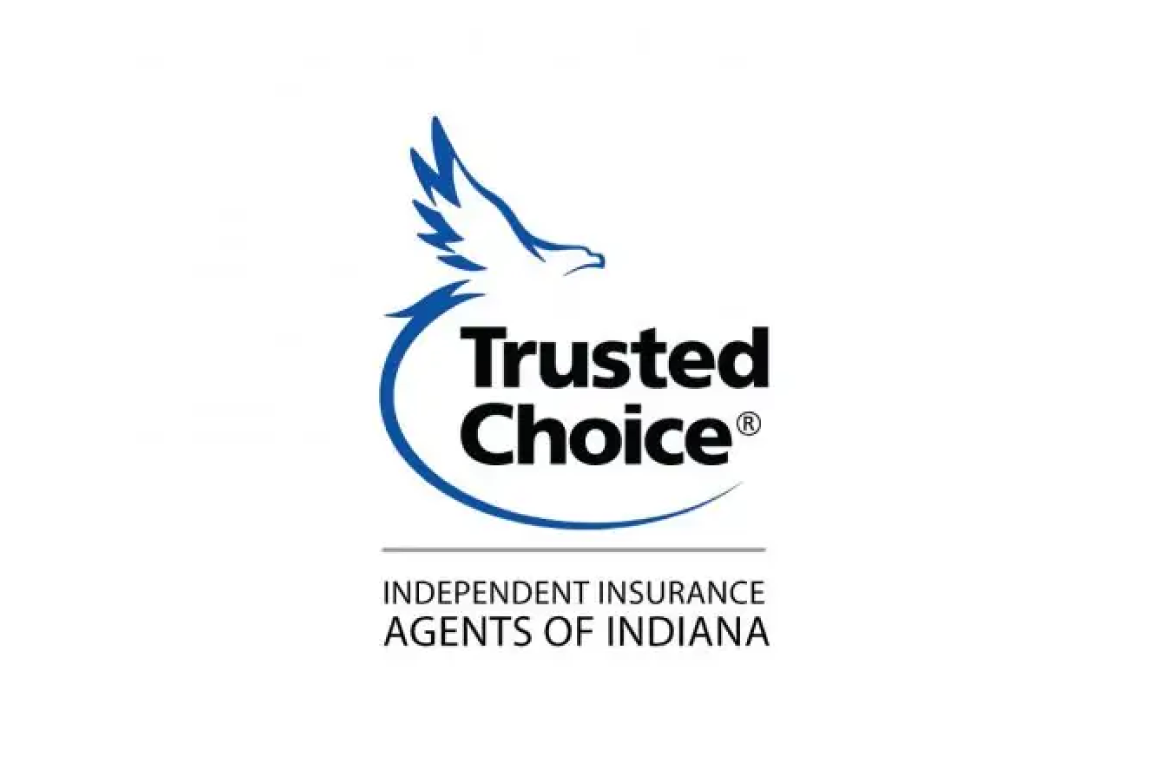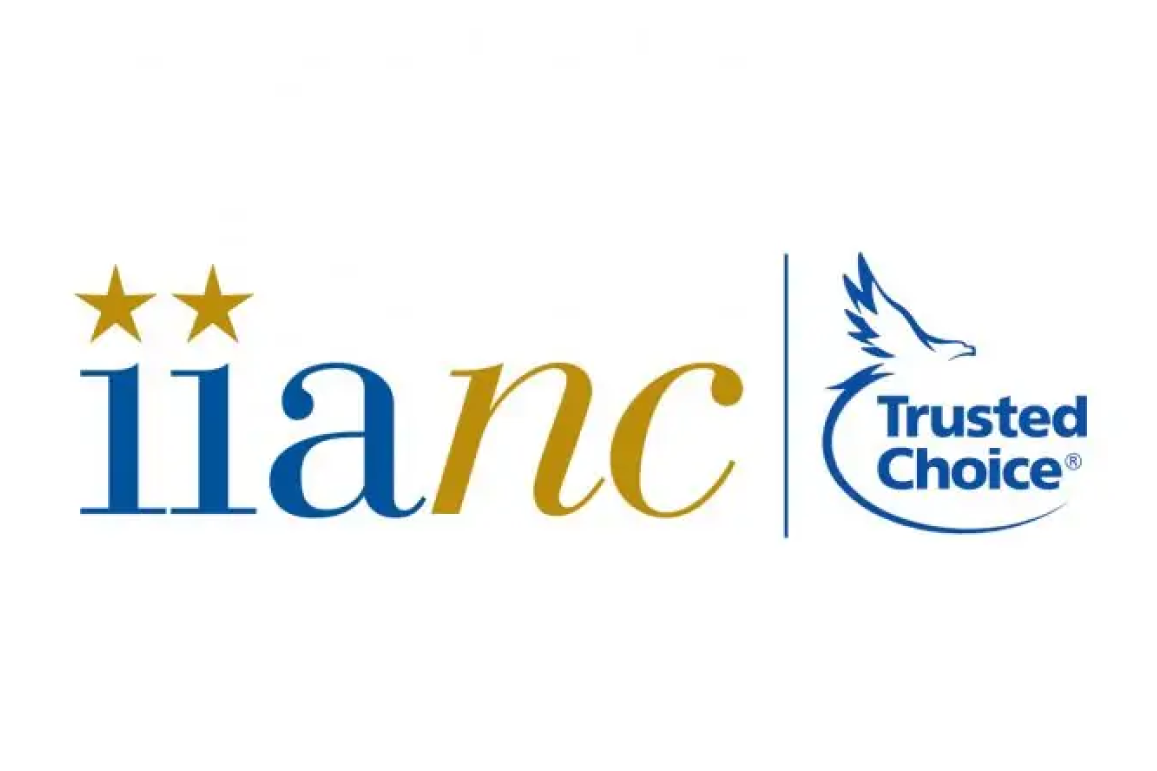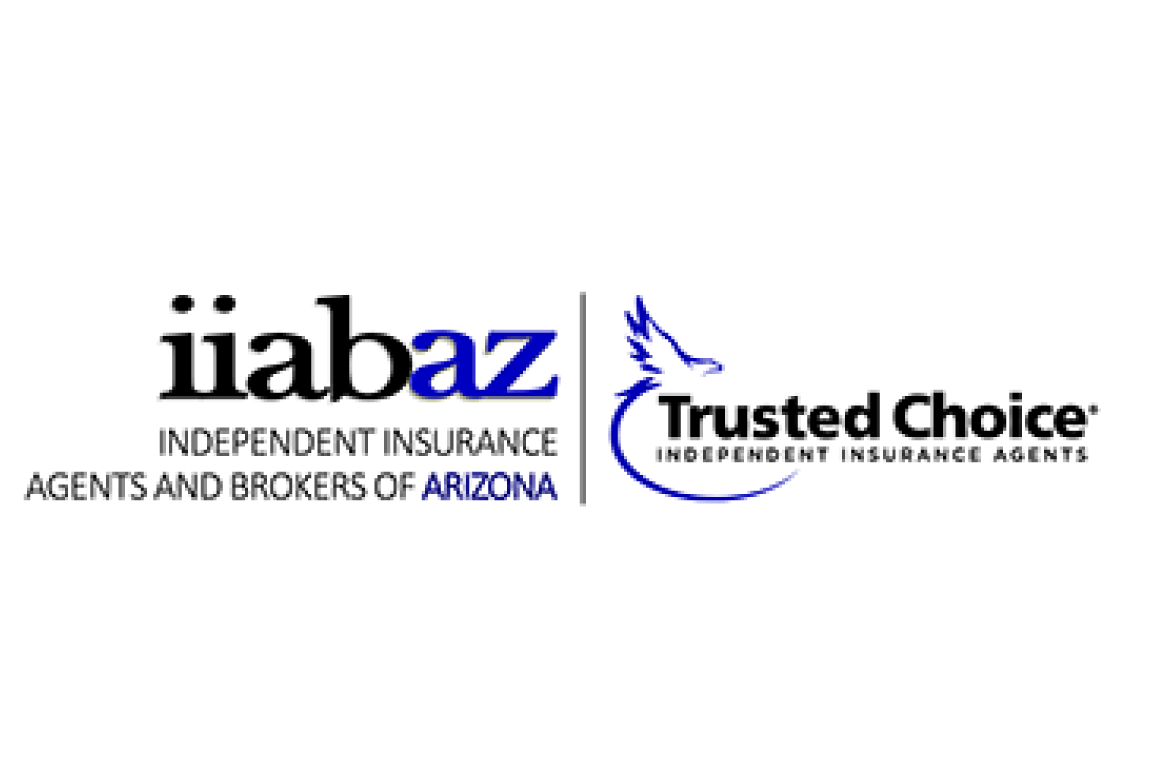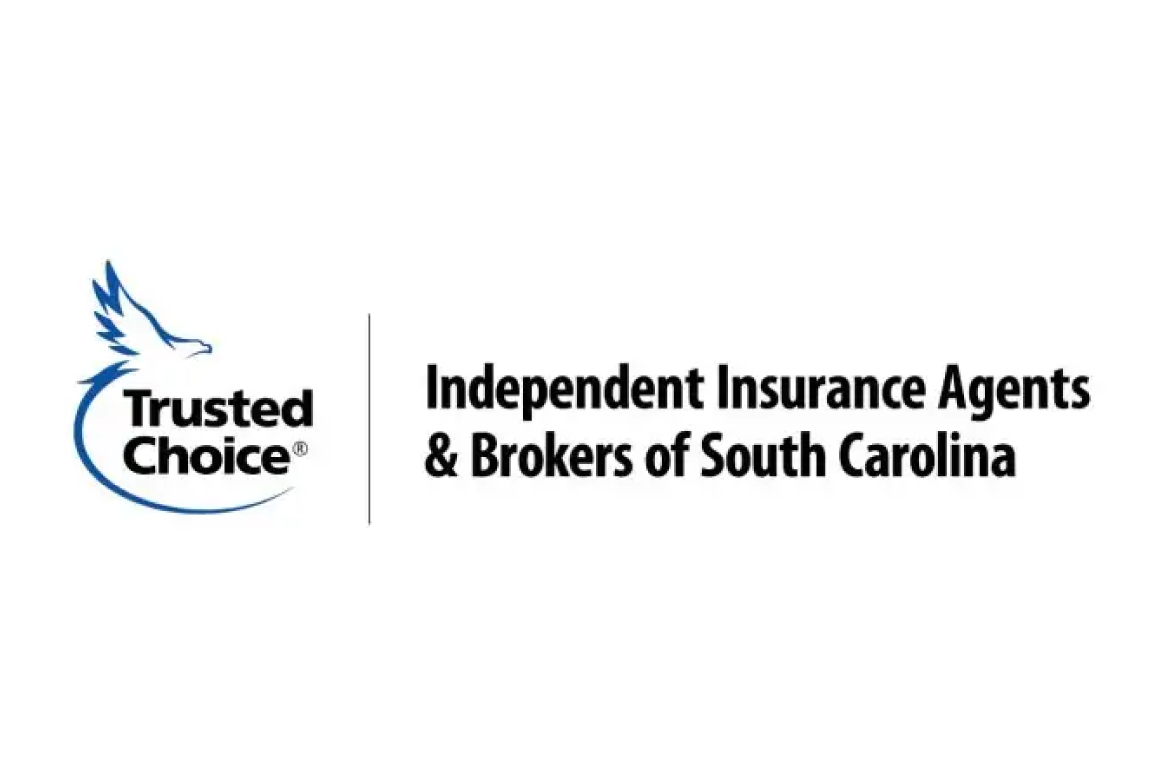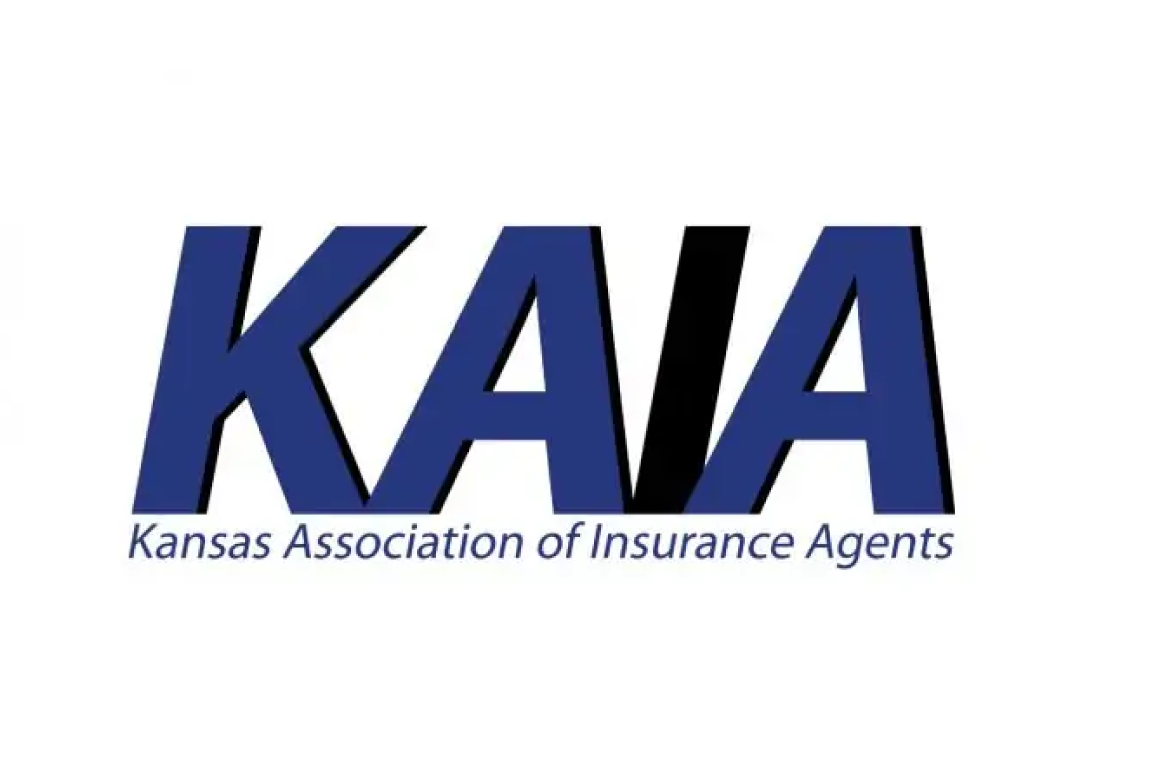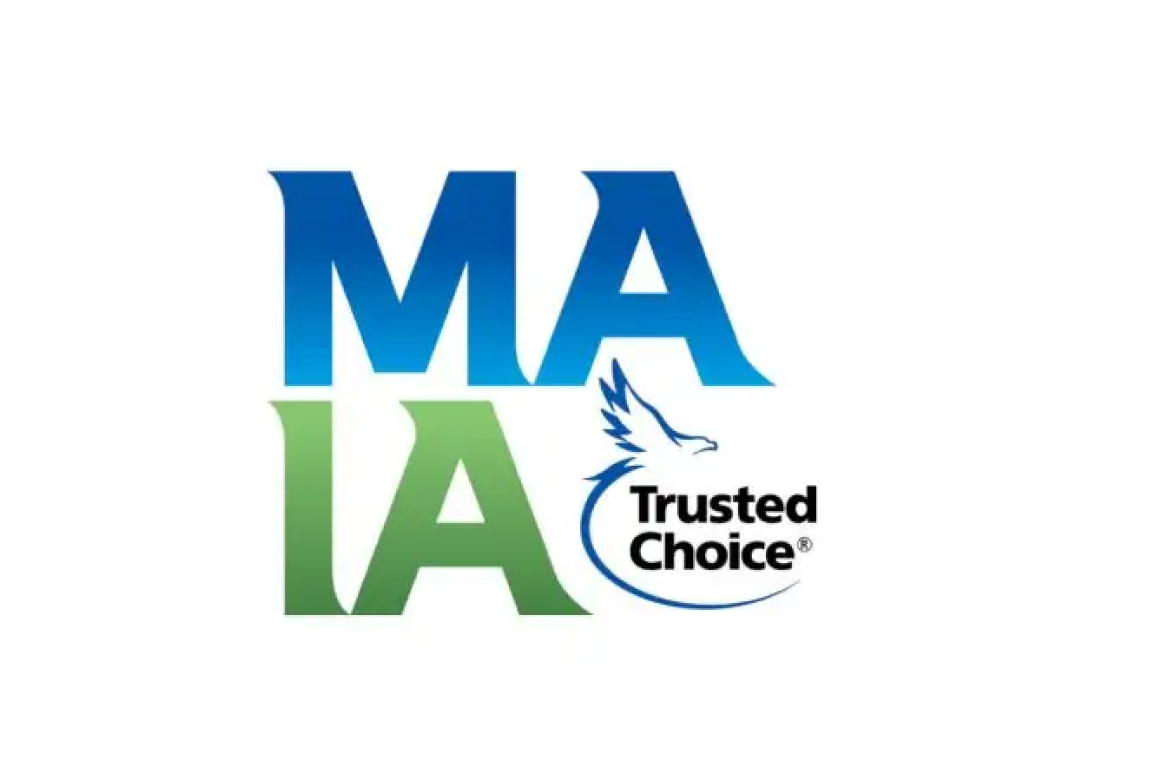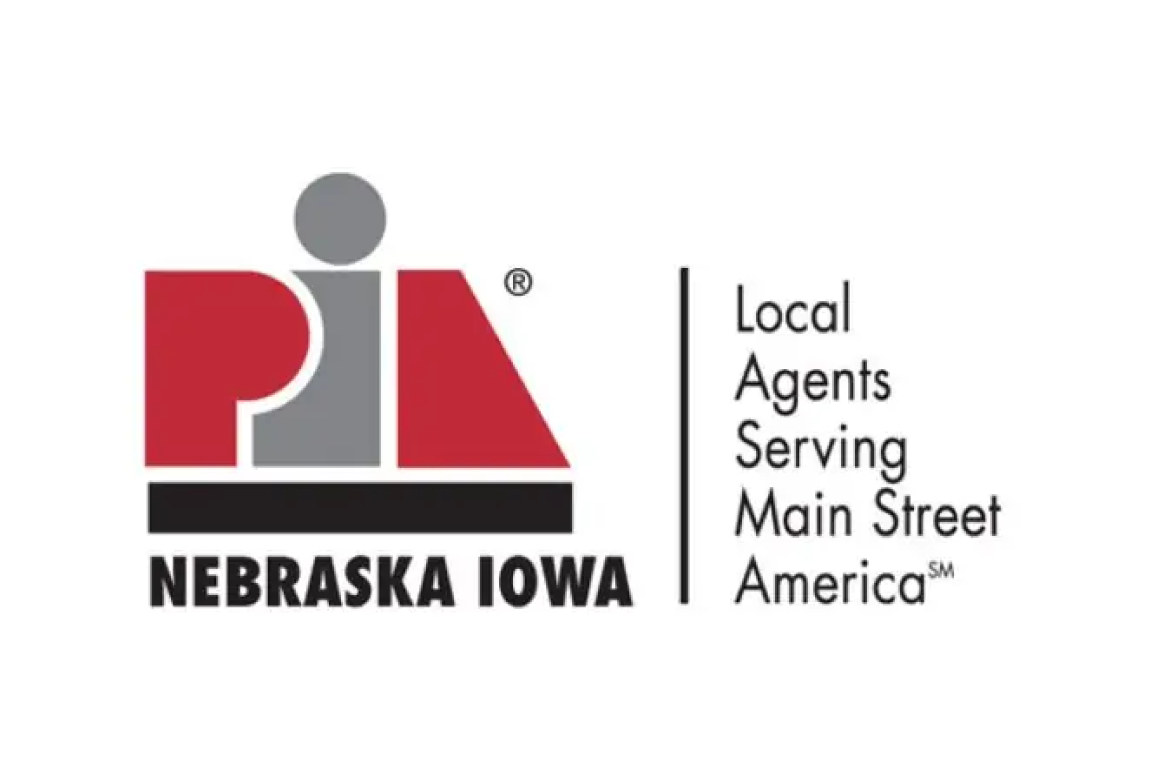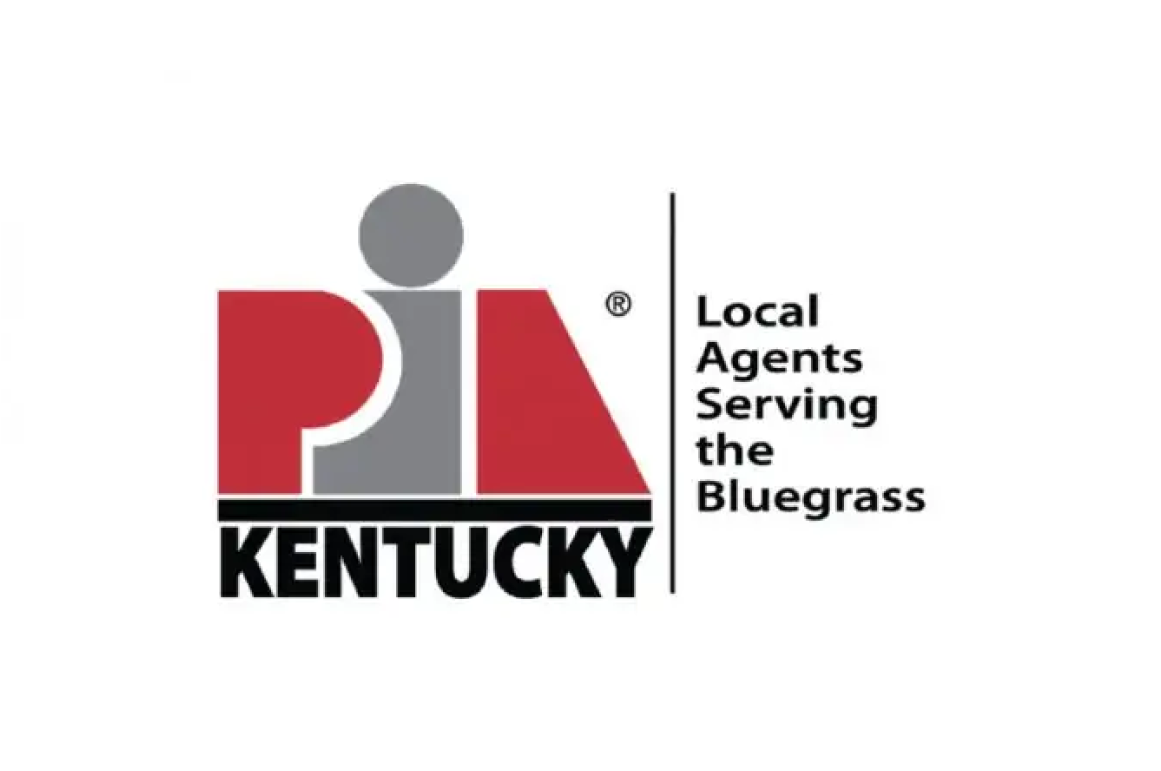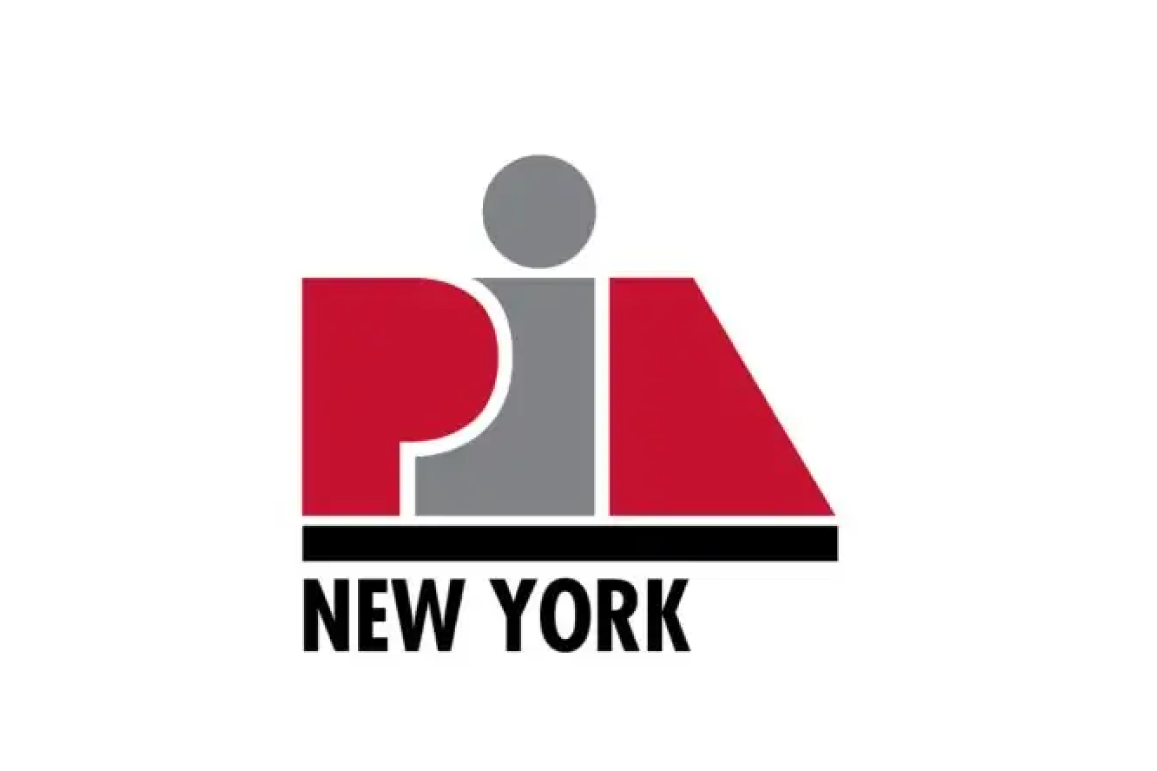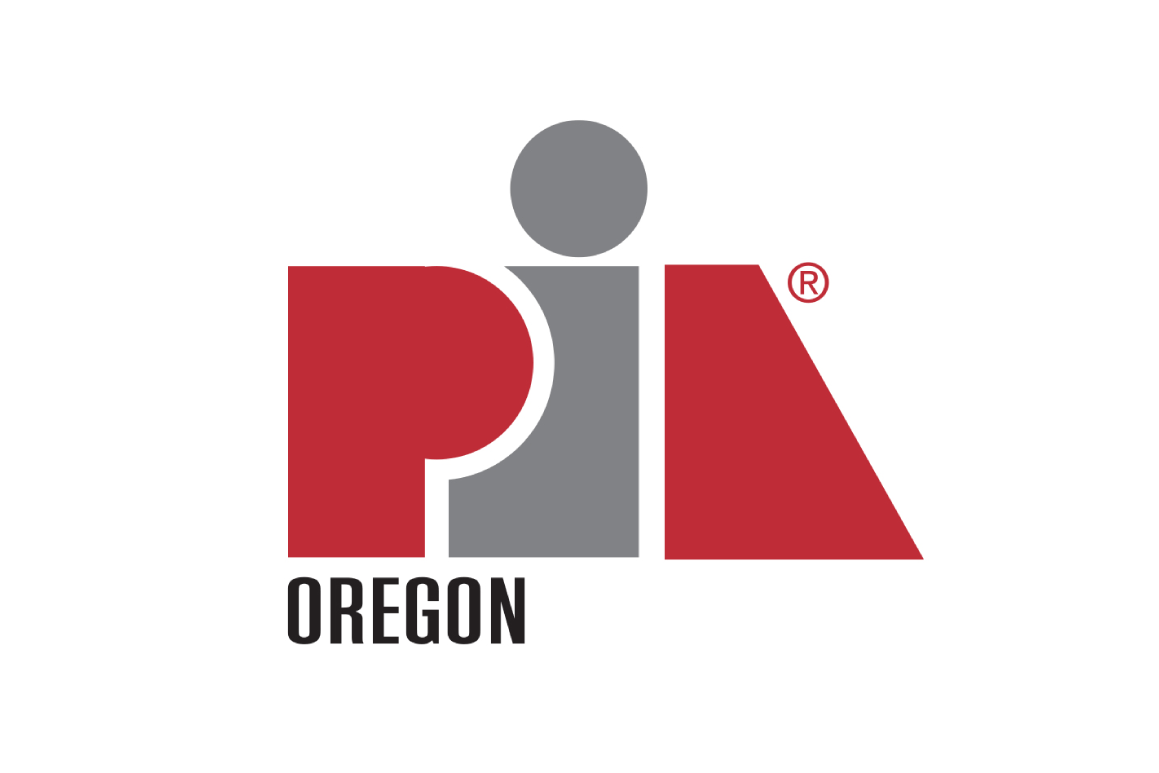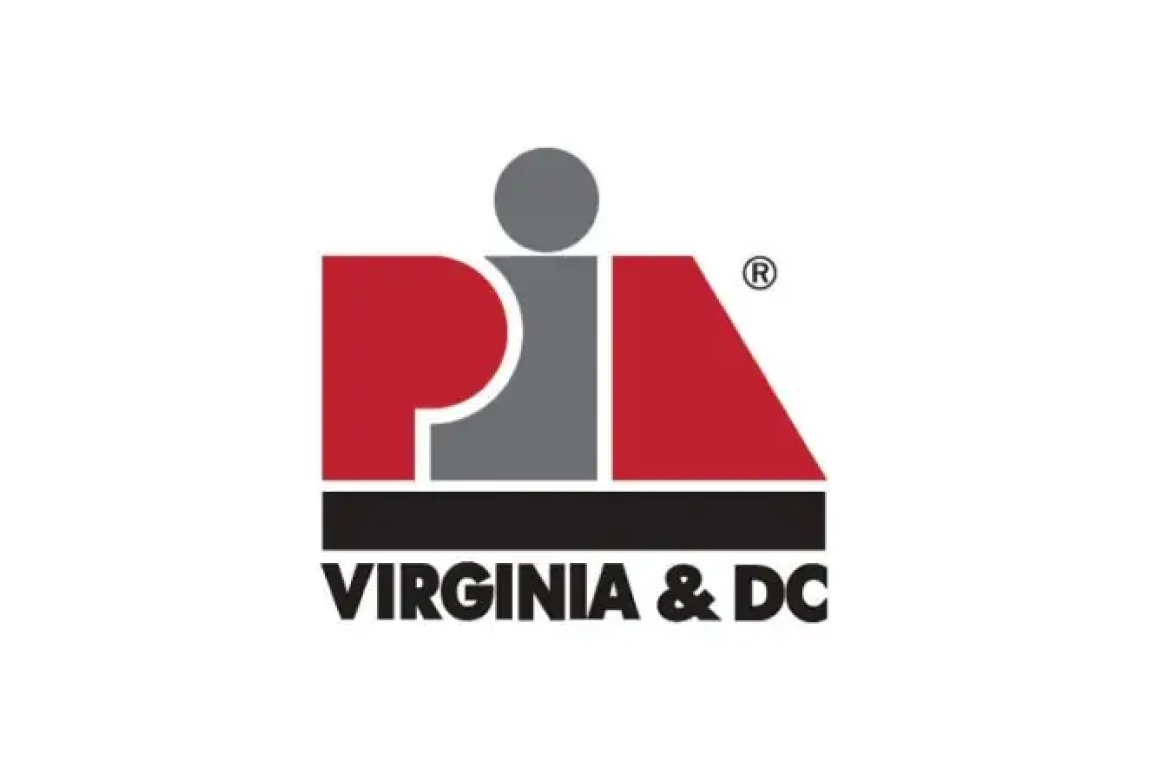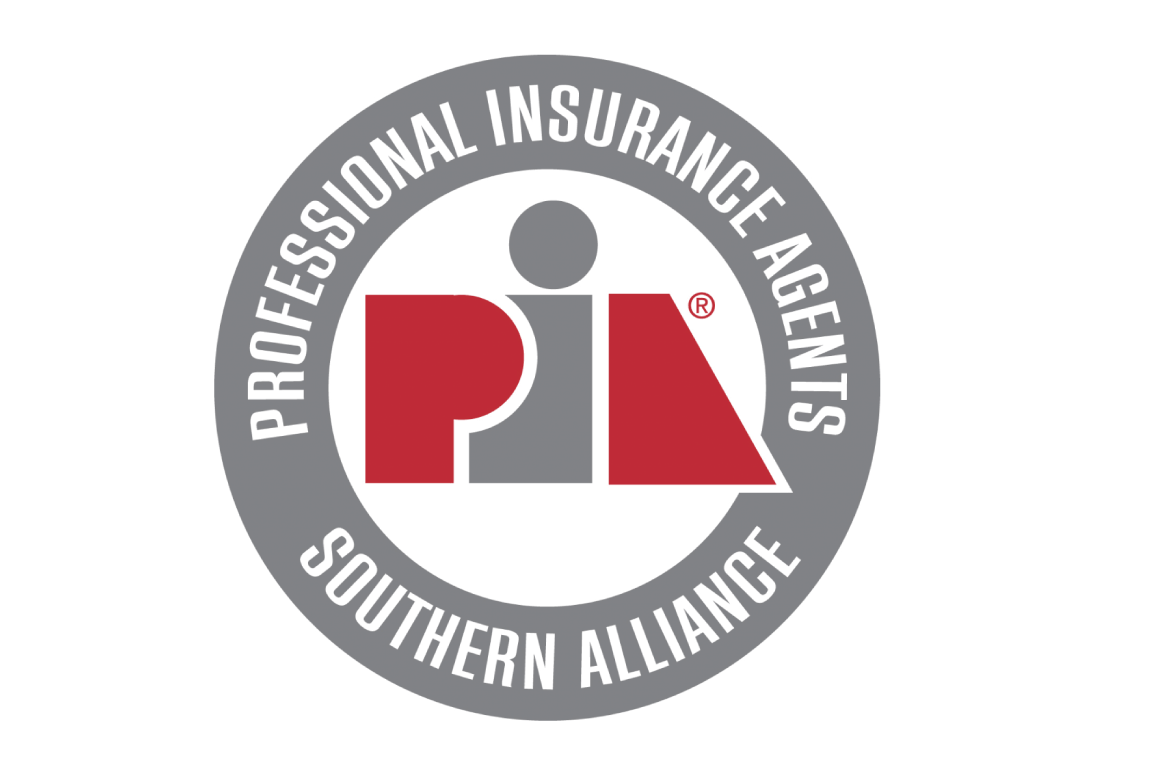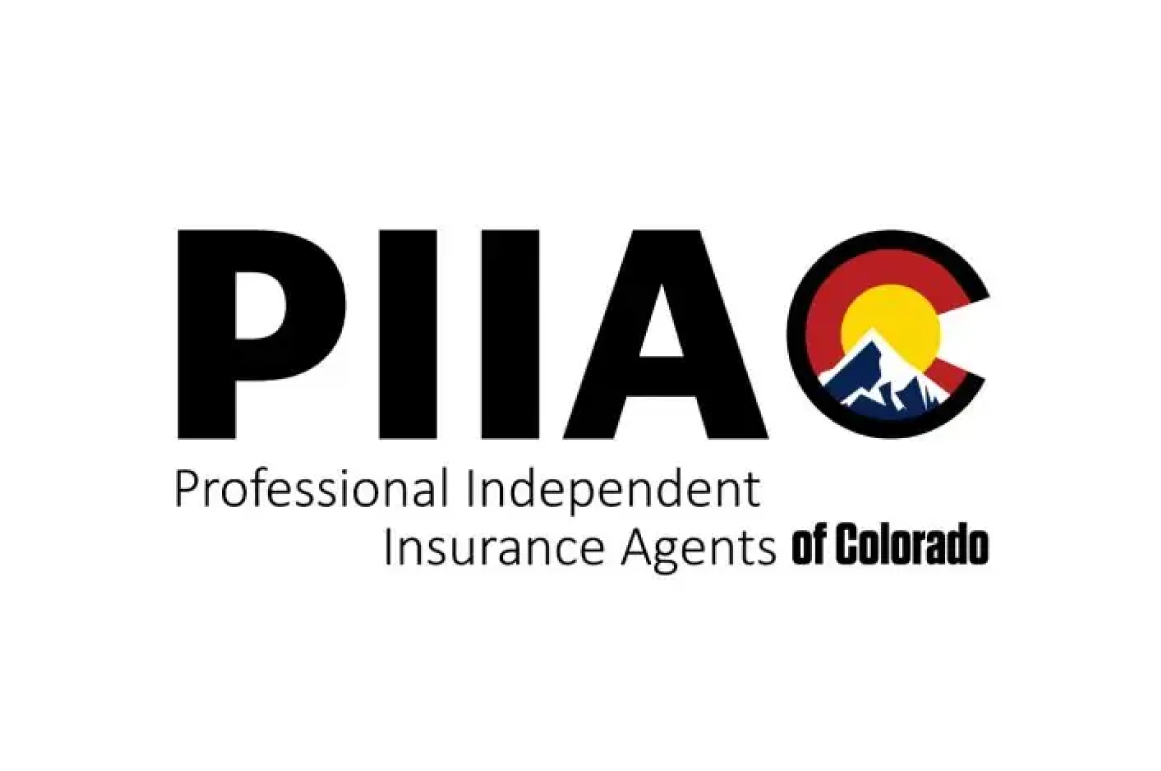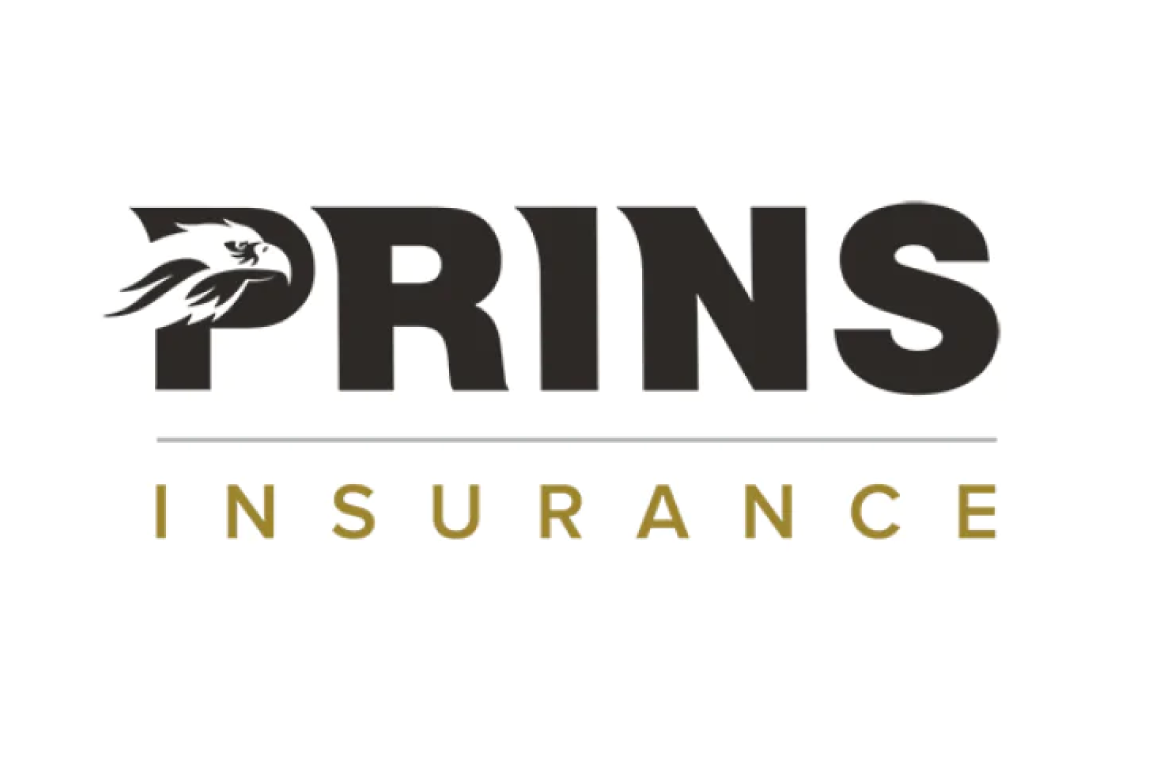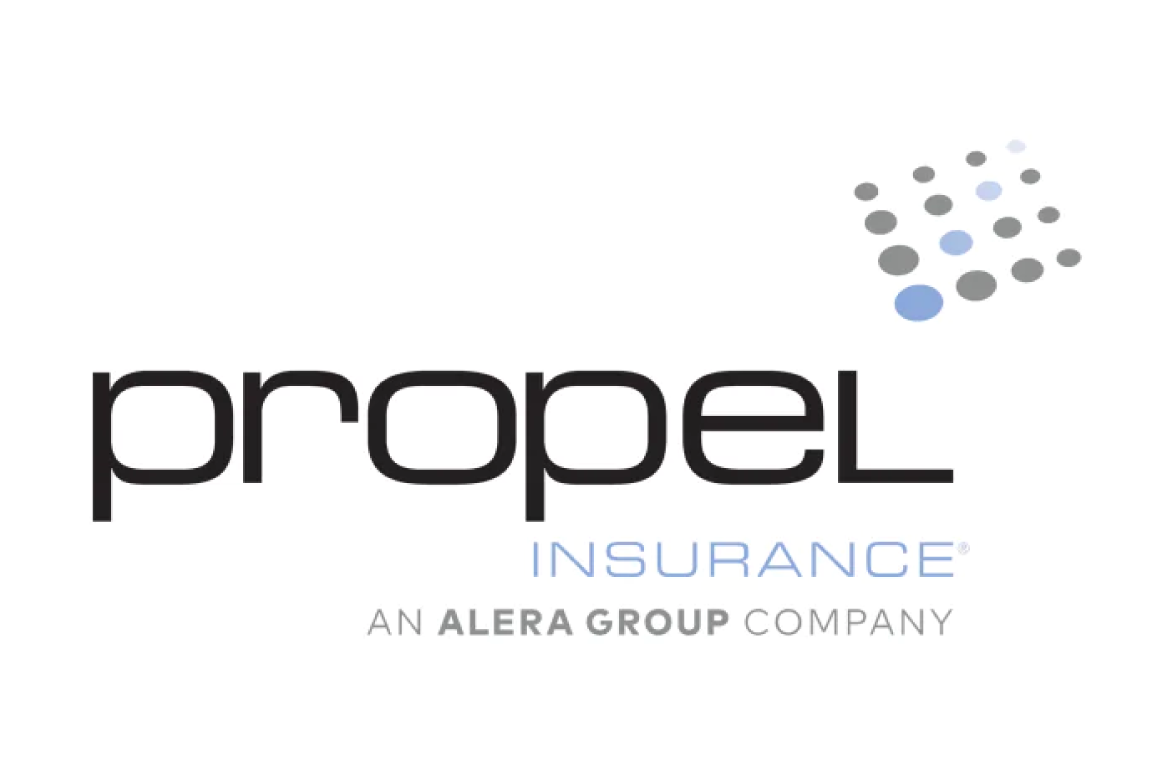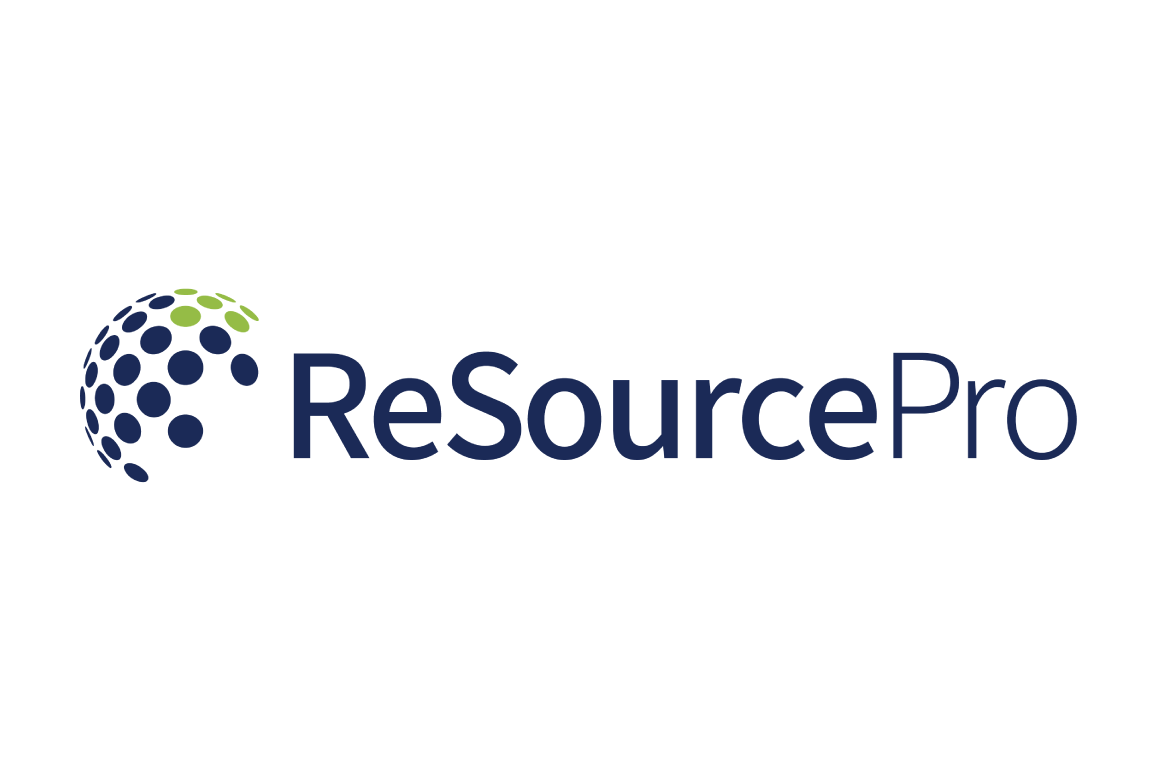
By Keith Wilts, CIC, CPCU: Keith provides education and support to the insurance community in the understanding and application of business income and extra expense coverages at the time of loss. He holds the CIC and CPCU designations and has over 40 years of experience involving production and consulting activities on commercial, personal, and farm insurance. Keith earned his CIC designation in 1981 and has served as CIC National faculty and Ruble faculty since 2002.
Adjustment of a business income loss is an art rather than a science. The magnitude of the loss is determined by the time required to return revenue to pre-loss levels and regain lost market share. A successful conclusion to the claim seeks to achieve an agreement that the insured has returned as closely as possible to the same financial position that would have existed if no loss had occurred. Here are seven tips you can use for computing and supporting business income losses.

Provide information such as Business Plans or Operation Budgets of the past three to five years to document the credibility of the projections. I once supported the business income claim for a country club by computing the average number of rounds of golf per week and the average revenue per round for the seven prior years.

Document the insured’s property damage. Take photos and videos of the damaged property and property that was not damaged. Do not trust that you remember.

Be careful in communications with the insurance company regarding the claim. Keep detailed notes of any oral communications and maintain copies of communications with the insurer. Note that depending on the coverage position taken by the insurer and the applicable law, the underlying claimants may be able to discover information shared with the insurance company.

Keep a log of all internal and external communications related to the claim. Make sure to document when an update or additional information becomes available.

Be careful to comply with all insurance policy notices and documentation and payment approval requirements with any clean-up, repairs, and actions to protect property from further damage or efforts to effect immediate or emergency repairs or restore operations. Document the process with video and photographs. Keep all receipts to support claims submission requirements.

Create a separate General Ledger account for all payments and expenses for easy documentation throughout the claims and recovery process. Record all receipts and petty cash requests showing the date, amount, and the reason for the expenditure. Record the who, what, where, when, and why, as well as how much money was spent for control and documentation, and claims submission.

The insured should expect that the carrier will request the numbers be substantiated. Anticipate questions the adjuster may ask and resistance points that may arise and prepare a credible response with facts and documentation
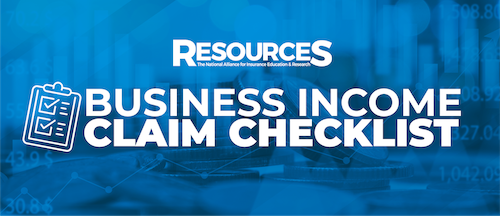
Business Income Claim Checklist
The most important part of the Business Income loss adjustment process is knowing what questions to ask. This checklist includes questions you can use to discover everything about an insured’s business procedures and practices.







